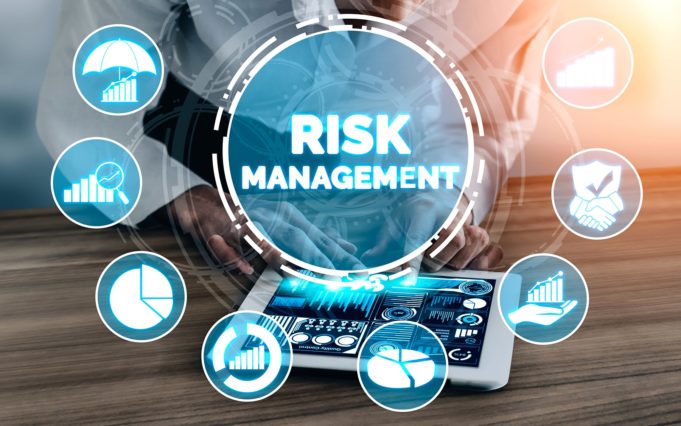The Probability and Impact Matrix is a tool for the project team to prioritize risks. As you may be aware, every project can have a lot of risks, hence need for learning risk probability and impact matrix example. Depending on the size and complexity of the project, the risk can be in the double or triple digits. What is risk probability and impact matrix? this is a risk management tool that shows probability and impact, to help determine probability of occurrence and the impact of risks on project objectives it occurs.
Risk matrix in project management helps project managers to determine the Likelihood and severity risk assessment of a project. The Probability and Impact Matrix takes a combination of estimated probability and impact of individual risks and prioritizes them for easy risk management. In other words, the Probability and Impact Matrix helps determine which risks require a detailed risk response plan. It is always cardinal to understand the priorities for each risk as this allows the project team to assess the relative importance of each risk.
Risk probability and impact matrix example
For example, a risk with a high probability of occurring and is most likely to have a strong impact on project objectives will likely require a response plan in Risk matrix project management.
5×5 Risk matrix
The probability and Impact Matrix is a visual representation of the results of the impact probability and risk assessment. Take, for instance, a three-by-three cube, perhaps left with the top, medium in the middle, and the low down; and hit the ground with the high left, middle and low right.
- Acceptable: You will not feel the effects of this risk materializes.
- Tolerable: This risk will be dangerous, but there is no doubt regarding your project’s recovery from it.
- Generally unacceptable: Consider this risk as a pull that will cause your project to spiral.
Some risks have a higher occurrence rate compared to others hence, you must first deal with the impending risks and you will have three ways to estimate the probability of an event.
- Not likely: This is a risk you can only catch a glimpse of before it eventually materializes.
- Possible: There is a high probability that this risk will materialize, but you still have a glimmer of hope.
- Probable: You can bet this risk will reappear.
- Impact risk is the overall level of risk based on the likelihood of occurrence and the severity of the consequences. This is the final step for prioritizing issues and identifying red flags.
- Low: Low-risk events are highly unlikely to happen and when they do, they pose no serious threat to your project. It is good to put the bottom of your to-do list as you tackle bigger issues.
- Medium: Think of these risk events as inequalities slowing down your project. The inequalities will not eat up much of your money, but a little mitigation will undoubtedly go a long way in ensuring that your project runs smoothly.
- High: You can expect this event to seriously derail your project without mitigation. You deserve prompt action to avoid risk.
Project management articles
- Five Ways to Manage Risk
- Project Risk Management
- Project Scope in Software Engineering
- Scope of The Project Example
- Functions of monitoring and evaluation
- Project Management Team Roles
- Constraints Of A Project
- The Elements Of The Project Triangle
- Types Of Stakeholders In A Project
- What Is Involved In Risk Matrix?
- 3 Types Of Project Risk
- Five Stages Of Project Life Cycle
- Importance Of Project Scope
- Similaries and distinction between objective and goals







